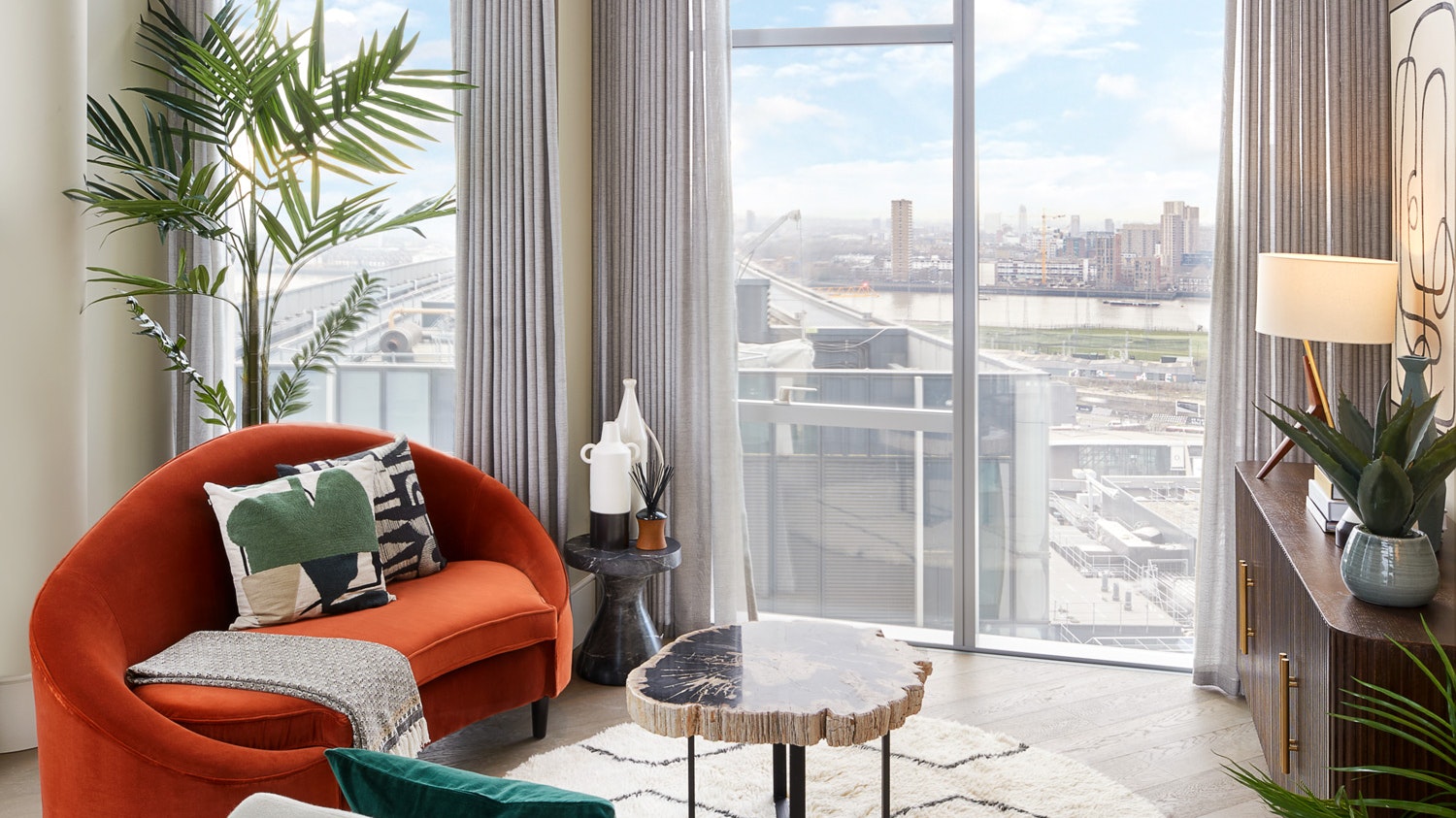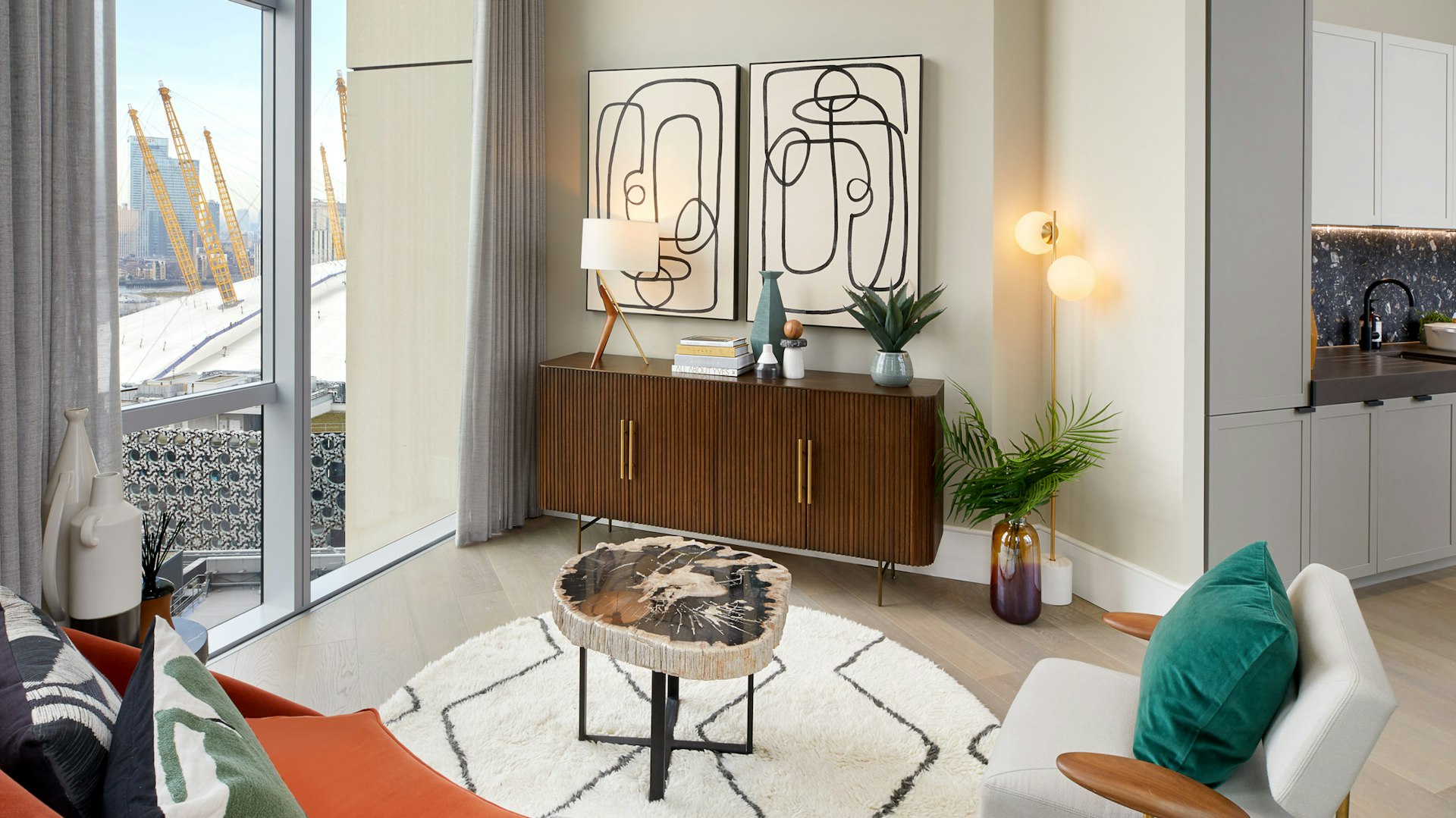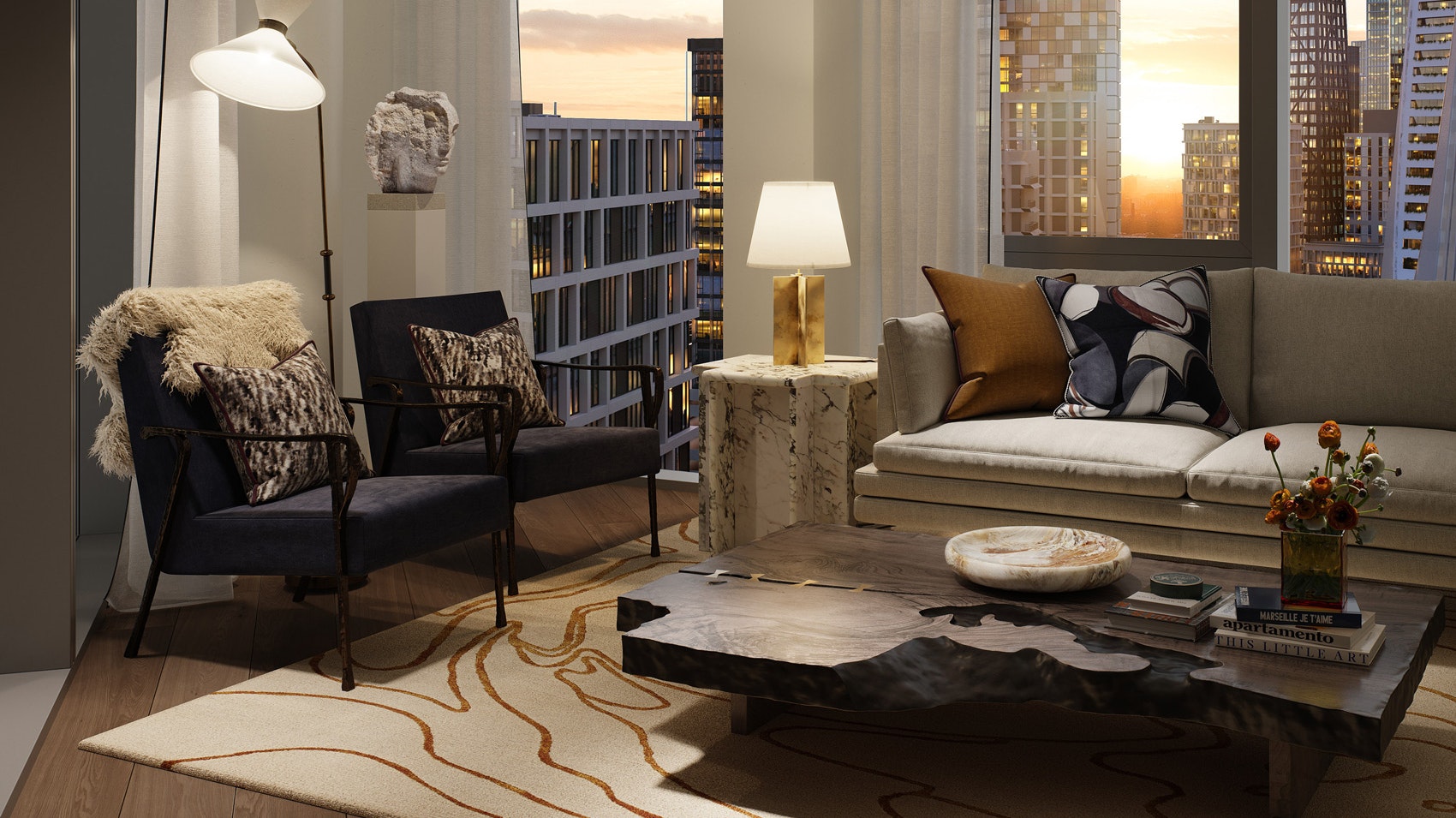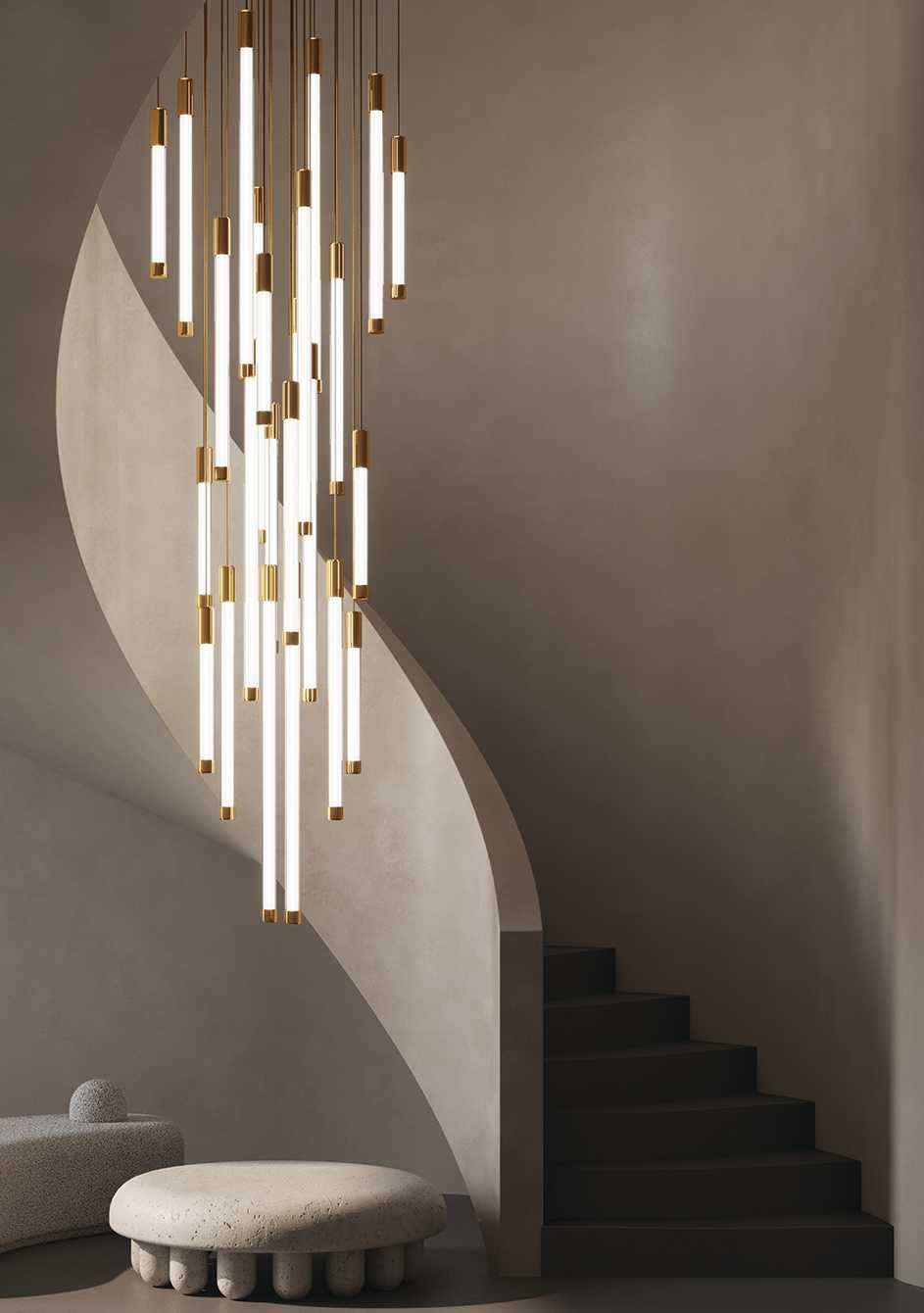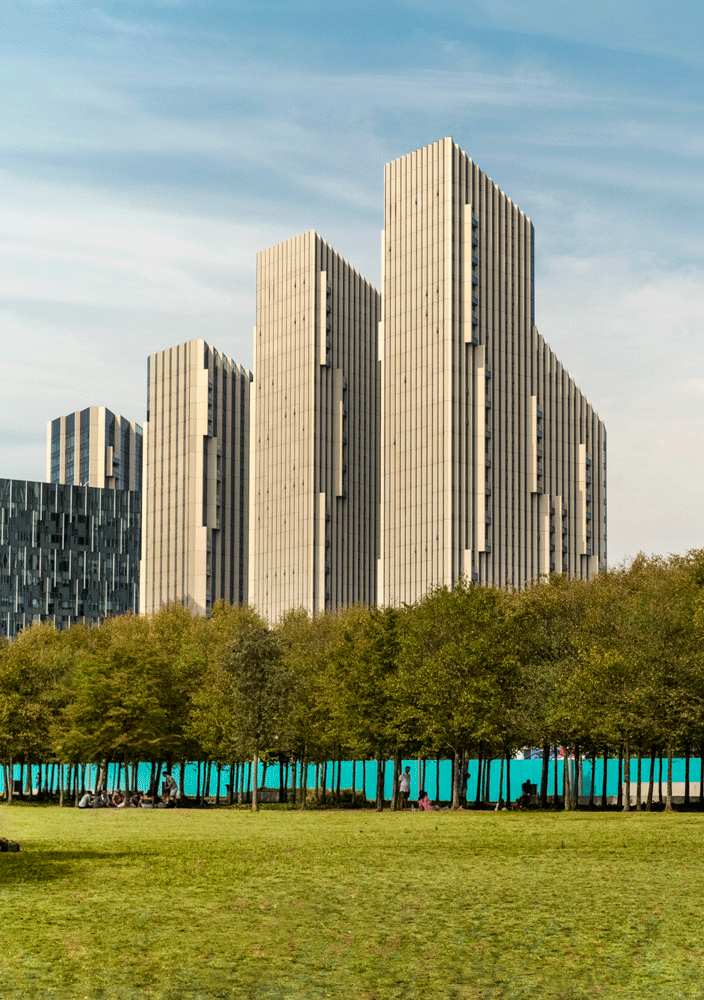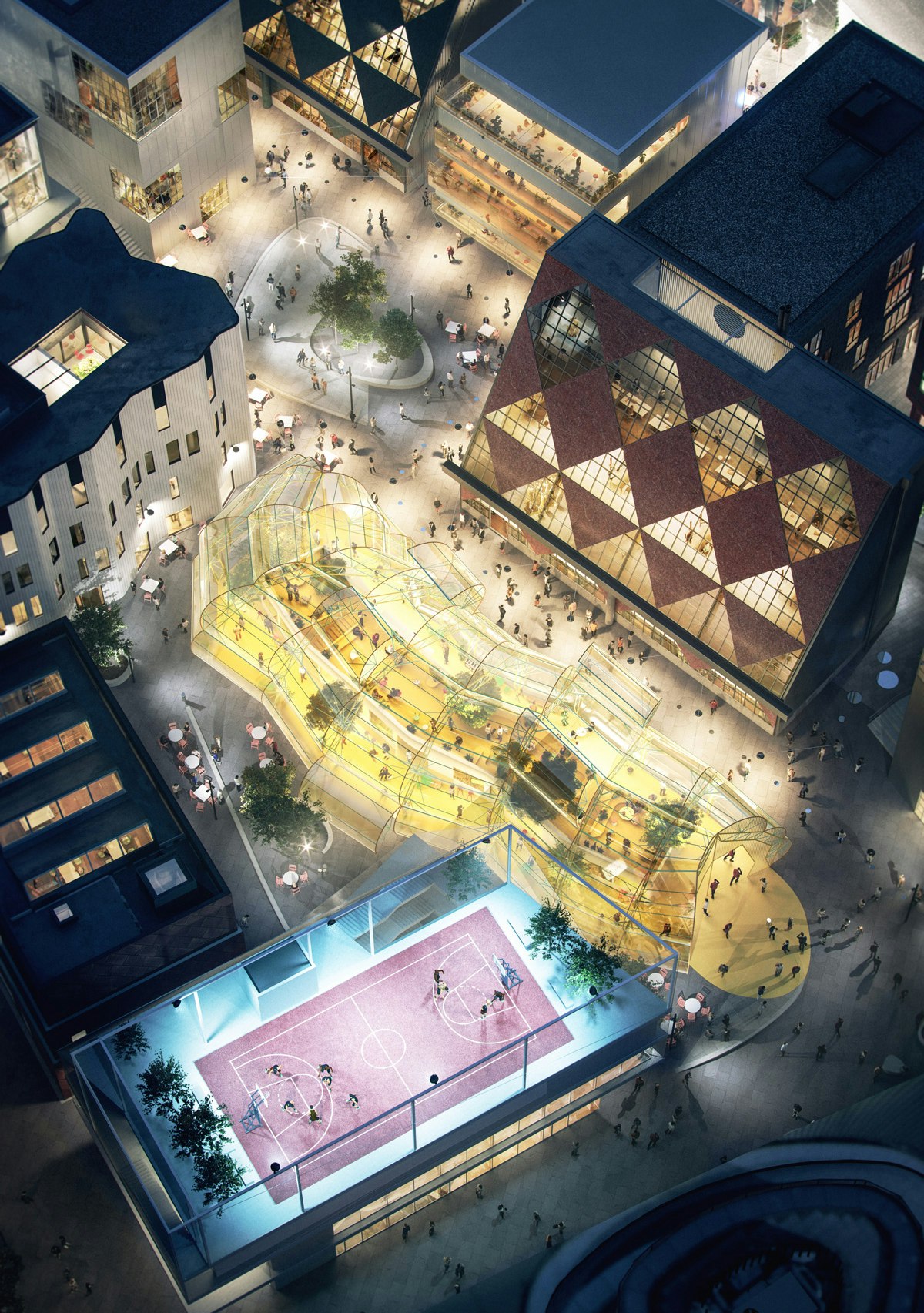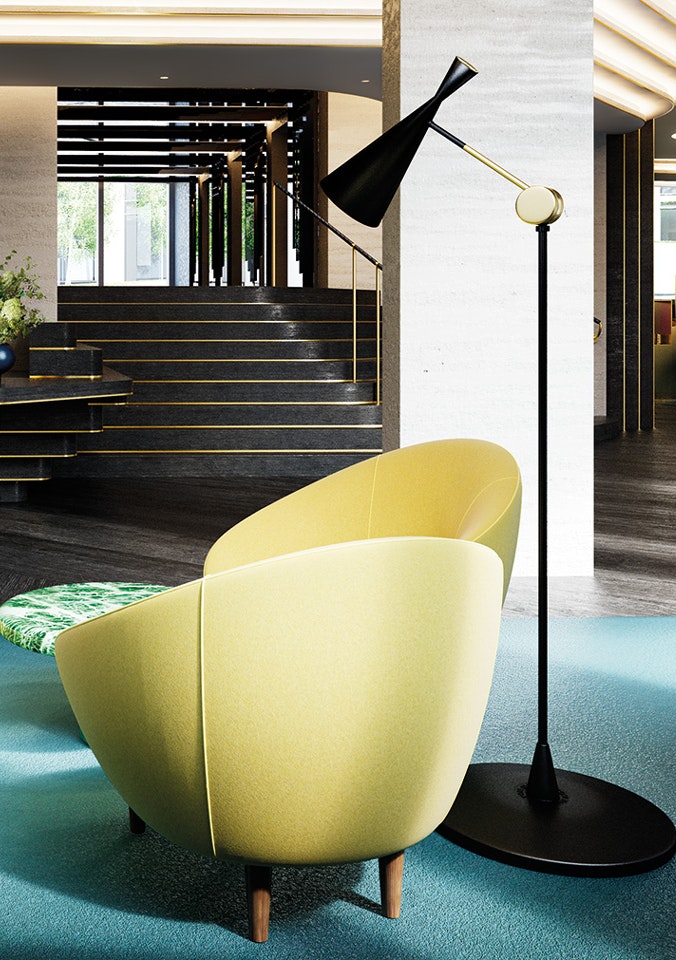
Lofty Visions
To live in a loft once meant occupying the wild side of the city. Around the middle of the 20th century, the art world’s focus shifted from Paris – where Pablo Picasso, André Breton and others created pioneering works of modernism – to New York, where a new generation of painters, sculptors and performers, such as Jackson Pollock and Willem de Kooning, were taking up the mantel of modern art.
It was a fine time to be in the Big Apple, if you could take the lawlessness. Few painters and sculptors made much money from their art, but New York’s rents were also much lower, and zoning restrictions less onerous, with many large, under-occupied buildings in Lower Manhattan still serving as warehouses or light-manufacturing concerns.
These loft buildings were particularly prevalent in the SoHo district of the city – though that term wasn't used at the time, it was simply referred to as “downtown”. They had fallen out of use, as the various cabinet-makers, book-binders, snuff producers and other industrial concerns left central NYC.
Up-and-coming artists, such as Jasper Johns, Anges Martin and Ellsworth Kelly, took up residence in New York’s industrial loft buildings, offsetting questionable structural safety, poor plumbing, and little or no heating, with large, whole-floor apartments that had high ceilings, great light, and plenty of room to create, relax and party. Many refitted their new places to suit their needs, moving out banks of sewing machines, and moving in paint and easels.
“There was no water, no walls, no toilet,” recalls the US artist Bill Beckley, who moved into his first loft in 1972. Yet, whatever loft dwellers lost in mod cons, they made up for with boho chutzpah. Some of New York’s 20th-century loft apartments served as impromptu public art spaces, with avant-garde composers such as Philip Glass and performance artists including Joan Jonas premiering their work in these buildings. The Japanese-born artist Yayoi Kusama staged orgies in her loft, sometimes issuing a press release to the papers, informing them of her intentions.
“By the 1970s, prominent architects and interior designers such as Peter Marino were creating loft apartments for richer, higher-profile clients, such as the powerful us art dealer and gallerist Larry Gagosian.”
Andy Warhol's famous 1962 loft studio, on East 47th Street – dubbed the Factory – cost the artist just $100 a year, a fee he could recoup easily with his mechanised, screen-printed pop art. Other creatives found other ways to cover the rent. The seminal New York DJ and promoter David Mancuso hosted his early disco parties in his Broadway loft apartment, calling the night, quite simply, The Loft.
Of course, early loft living was not without its pitfalls: fire regulations weren’t followed closely; security was lax; and structural safety and even personal hygiene was something early loft dwellers had to forgo in return for big rooms with minimal rent. Nevertheless, the idea caught on. Loft apartments, as an architectural treatment and design feature, became less a real-estate compromise, and more a lifestyle choice. By the 1970s, prominent architects and interior designers such as Peter Marino were creating loft apartments for richer, higher-profile clients, such as the powerful US art dealer and gallerist Larry Gagosian. The notion of the loft apartment spread across the world, too, thanks in part to its appearance in Hollywood movies; think of the large, artsy open-plan apartments in the Madonna movie Desperately Seeking Susan (1985), and the huge, expansive pad in the hit Patrick Swayze film Ghost (1990).
“Young, upwardly mobile professionals in London’s old industrial neighbourhoods of Clerkenwell, Shoreditch and the Docklands, all began to appreciate the allure of double-height ceilings and open-plan living spaces.”
Young, upwardly mobile professionals in London’s old industrial neighbourhoods of Clerkenwell, Shoreditch and the Docklands, all began to appreciate the allure of double-height ceilings and open-plan living spaces, even if the early approximations – first offered in the 1990s – didn’t quite live up to the ideal.
Thankfully, the few loft apartments available in Upper Riverside on Greenwich Peninsula aren’t carved out of some hastily repurposed sweatshop. No one is rolling up a dirty carpet and moving out banks of printing presses before the new owners move in. Far from it: the structure has actually been overseen by Kent Jackson, Design Partner at the acclaimed US architectural practice Skidmore, Owings & Merrill.
Yet, there are still similarities with the old lofts of mid-century Manhattan: the places have unusually high ceilings, huge floor-to-ceiling windows and internal split-levels. Up top there’s a roof terrace, with a pool and outdoor film screening facilities; down below, there are beautifully planted green spaces.
A select number of apartments within No.3 and No. 5 Upper Riverside have loft-style volumetric space, incredible views, and four-metre-high ceilings. It is highly unusual to have such lavish use of space in contemporary residential architecture. Though the finish is thoroughly modern, the soaring ceilings of these places mark them out as belonging to an earlier pedigree.
Though these homes – unlike the old, 20th-century lofts of New York – far surpass current building regulations, they share some of the old SoHo lofts' heritage. As with the rest of Greenwich Peninsula, Upper Riverside is rooted in a part of the city that once served its industrial and warehousing needs, but now embraces a new social and creative stratum. The Peninsula’s Design District, a brand-new district, will cater for creatives, offering everything from light machinery ateliers through to software developers’ offices and photography studios.
As with Lower Manhattan, the river is within easy reach – though Upper Riverside has better vantage points. With everything at your fingertips, loft residents here have the ability to live impulsively. On the north-east of the Peninsula, Upper Riverside is where you can watch life on the Thames go by – from the comfort of your home, at a river-facing cafe or by taking a restorative, revitalising walk on The Tide – London’s first ever elevated, linear park.
This is high-density urban living, yet without the chaos and claustrophobia. Nobody is going to be repurposing their loft into a nightclub, especially when they look this great. Loft living hasn’t died out over the past half century, it has simply moved up a little. The ceilings are still double height, but the industrial grit has gone. This is heightened big-city living still; it’s just that lofts are now very much at another level.
For more information on Greenwich Peninsula's latest neighbourhood, Upper Riverside, click here. To enquire about a home in Upper Riverside, click here.
